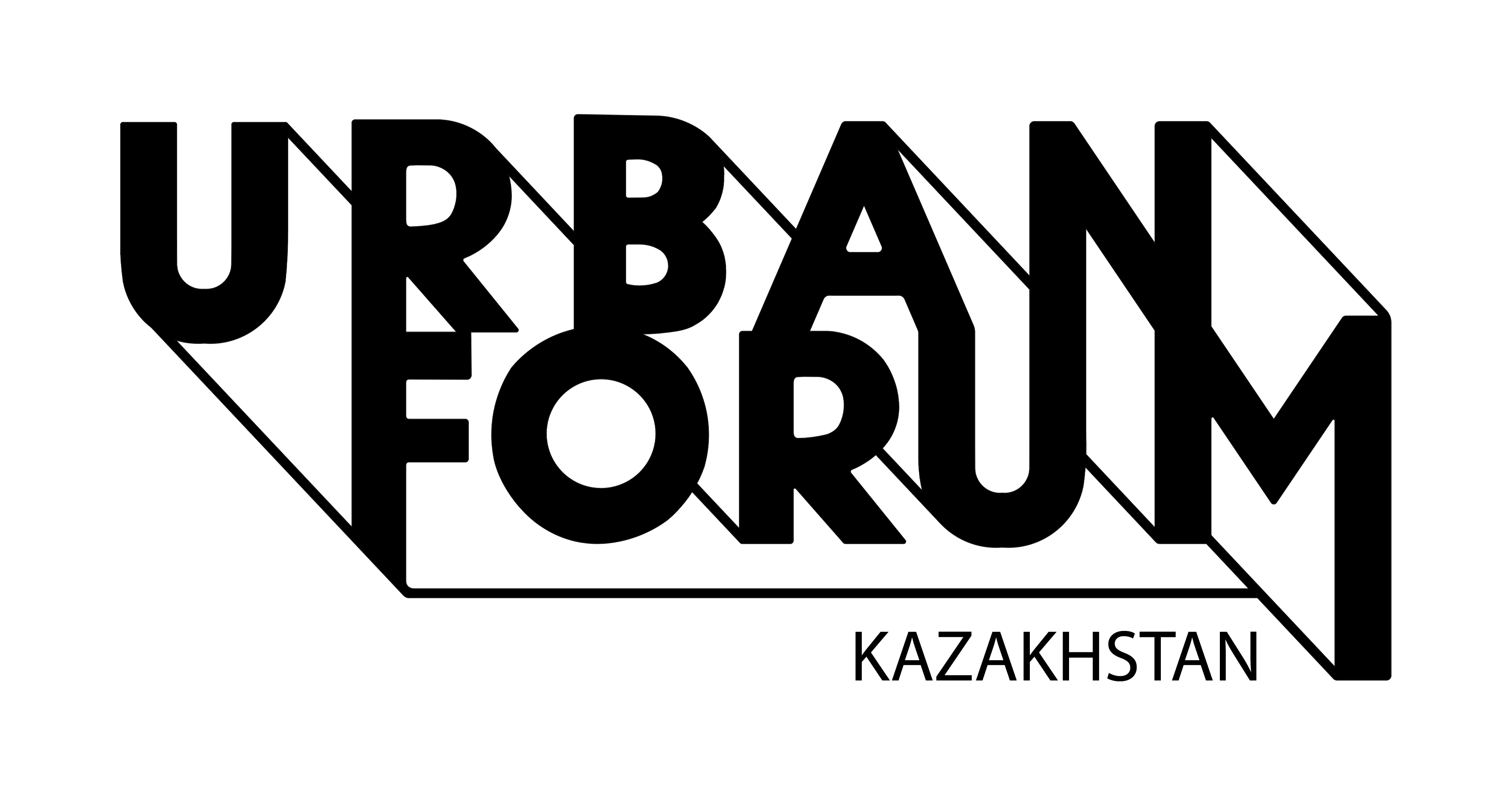Mountains, Congestion and New Perspectives
Research
Perception of Almaty City by Urbanized Kazakh Youth
A social research was conducted by the PaperLab Public Foundation by request of PF Urban Forum Kazakhstan in September-October 2018.
How quickly does the city engage Kazakh-speaking students among active residents? How comfortable does this group feel? What meanings does the group attach to the status of an Almaty resident? How could an actual urban agenda in the Kazakh language engage an active young audience in solving urban issues?
The urbanized Kazakh youth was the object of the research. The interviews covered four hundred students living in Almaty between 6 months to 3 years. The study was conducted with quantitative (questionnaire) and qualitative (focus groups) methods.
Kazakh student youth perceives Almaty, primarily from an educational perspective, as a place where they study and access knowledge. Young people believed that having fun and networking with interesting people was the advantage the city had to offer.
Kazakh students, especially rural youth, have a predominant life strategy to stay in Almaty after graduation. Residents of oblast centers more often wish to go abroad after graduation.
Young people have no problems with adaptation to the city. The overwhelming majority completely or partially identify themselves as Almaty residents. The longer a person lived in the city, the more he or she felt himself an Almaty resident.
Urban environment was perceived positively as indicated by prominent positive attitude towards Almaty residents. Respondents characterized them as advanced, stylish, polite and responsive people.
The urbanized Kazakh youth was the object of the research. The interviews covered four hundred students living in Almaty between 6 months to 3 years. The study was conducted with quantitative (questionnaire) and qualitative (focus groups) methods.
Kazakh student youth perceives Almaty, primarily from an educational perspective, as a place where they study and access knowledge. Young people believed that having fun and networking with interesting people was the advantage the city had to offer.
Kazakh students, especially rural youth, have a predominant life strategy to stay in Almaty after graduation. Residents of oblast centers more often wish to go abroad after graduation.
Young people have no problems with adaptation to the city. The overwhelming majority completely or partially identify themselves as Almaty residents. The longer a person lived in the city, the more he or she felt himself an Almaty resident.
Urban environment was perceived positively as indicated by prominent positive attitude towards Almaty residents. Respondents characterized them as advanced, stylish, polite and responsive people.
Visiting walking areas and public spaces, entertainment centers and hiking were popular among students in Almaty.
Students were mostly concerned about the high cost of education and street congestion. The next most important problems were air quality, unaffordability of housing, crime and high utility bills.
Young people from villages complained more about the city that the youth from other cities. They emphasized such problems as traffic jams, unaffordable housing and poor public transport.
In general, participants highly appreciated the level of security in their area of residence. The gender situation showed a big difference (about 20%) in the responses by boys and girls on security and trust in other people, i.e. men felt much more confident than women.
In general, Kazakh youth were willing contribute to urban development projects in Almaty. The most active were students who lived in the city from 1 to 2 years and spoke Kazakh and Russian. Relatively passive position was held by those who arrived recently and spoke only Kazakh.
Most young people were ready to engage in projects that addressed urban issues. However, many found it difficult as they did not know what to do. Most respondents have never been volunteers before.
There are certain beliefs that prevent the Kazakh-speaking youth from being active. First, it is strongly believed that community engagement in public activities had to be administered and commanded. Also, there should be some curator to organize an activity and instruct participants, and also that the solution of urban problems is, first of all, the job of authorities, and citizens their have little influence.
The study revealed that Kazakh students were highly concerned about the status of the state language. They find it very important to have Kazakh language represented in the urban environment. The opinion is dominant that the state language is discriminated. Therefore, for the absolute majority it is important that urban development projects take place in the Kazakh language.
Students were mostly concerned about the high cost of education and street congestion. The next most important problems were air quality, unaffordability of housing, crime and high utility bills.
Young people from villages complained more about the city that the youth from other cities. They emphasized such problems as traffic jams, unaffordable housing and poor public transport.
In general, participants highly appreciated the level of security in their area of residence. The gender situation showed a big difference (about 20%) in the responses by boys and girls on security and trust in other people, i.e. men felt much more confident than women.
In general, Kazakh youth were willing contribute to urban development projects in Almaty. The most active were students who lived in the city from 1 to 2 years and spoke Kazakh and Russian. Relatively passive position was held by those who arrived recently and spoke only Kazakh.
Most young people were ready to engage in projects that addressed urban issues. However, many found it difficult as they did not know what to do. Most respondents have never been volunteers before.
There are certain beliefs that prevent the Kazakh-speaking youth from being active. First, it is strongly believed that community engagement in public activities had to be administered and commanded. Also, there should be some curator to organize an activity and instruct participants, and also that the solution of urban problems is, first of all, the job of authorities, and citizens their have little influence.
The study revealed that Kazakh students were highly concerned about the status of the state language. They find it very important to have Kazakh language represented in the urban environment. The opinion is dominant that the state language is discriminated. Therefore, for the absolute majority it is important that urban development projects take place in the Kazakh language.
RECOMMENDATIONS FOR STAKEHOLDERS
1. In youth work, it is important to choose the right communication channel. The most effective channel are social networks. No TV channel today can compete with Instagram, which is not only the main source of news for today's youth, but also one of the most popular ways to spend free time. An effective channel is also the personal communication among youngsters.
2. The most attractive themes of social projects are the accessibility of the urban environment for the disabled, environmental projects and public space design. Projects have to be segmented: girls find it more interesting to work on increasing the city accessibility of disabled, while boys are more interested in architecture and protection of historical heritage.
3. Urbanized Kazakh youth are interested in participating in city development projects. However, most of them have never been volunteers, so it is important that the proposals for urban activities contain clear information in Kazakh language: a clear project outline as well as step-by-step instructions on how to participate in the projects.
4. It is recommended that the project be not only socially significant, but should also enable young people to learn new skills and acquire useful knowledge and resources. The study showed that the new generation of Kazakhs carries global ideology of personal growth and self-improvement.
5. Another important aspect is the self-positioning of young people in social networks. Their looks on Instagram as participants of a social project are very important. If this allows increasing the "weight" of its public profile in the eyes of other users, the probability of their engagement in such activity grows multifold.
6. When developing urban projects, the linguistic status of urbanized Kazakh youth shall be taken into account. Bilinguals are more susceptible to the idea of participating in community activities. They are easier to motivate and engage in solving urban problems. Young people who speak only Kazakh tend to be passive more often. They show less initiative and expect to be commanded and managed in the implementation of public projects.
7. Events in the Kazakh language is also an important criterion. In addition, more conservative young people may sabotage projects that ignore Kazakh language.
2. The most attractive themes of social projects are the accessibility of the urban environment for the disabled, environmental projects and public space design. Projects have to be segmented: girls find it more interesting to work on increasing the city accessibility of disabled, while boys are more interested in architecture and protection of historical heritage.
3. Urbanized Kazakh youth are interested in participating in city development projects. However, most of them have never been volunteers, so it is important that the proposals for urban activities contain clear information in Kazakh language: a clear project outline as well as step-by-step instructions on how to participate in the projects.
4. It is recommended that the project be not only socially significant, but should also enable young people to learn new skills and acquire useful knowledge and resources. The study showed that the new generation of Kazakhs carries global ideology of personal growth and self-improvement.
5. Another important aspect is the self-positioning of young people in social networks. Their looks on Instagram as participants of a social project are very important. If this allows increasing the "weight" of its public profile in the eyes of other users, the probability of their engagement in such activity grows multifold.
6. When developing urban projects, the linguistic status of urbanized Kazakh youth shall be taken into account. Bilinguals are more susceptible to the idea of participating in community activities. They are easier to motivate and engage in solving urban problems. Young people who speak only Kazakh tend to be passive more often. They show less initiative and expect to be commanded and managed in the implementation of public projects.
7. Events in the Kazakh language is also an important criterion. In addition, more conservative young people may sabotage projects that ignore Kazakh language.


